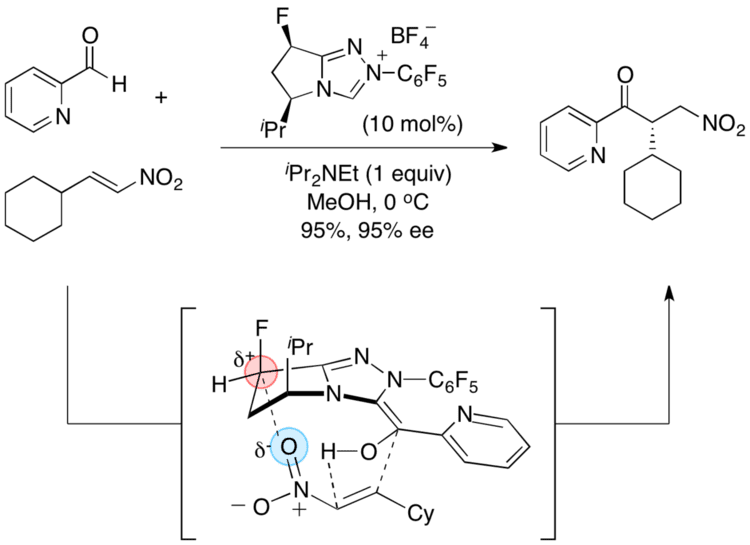 | ||
A nitroalkene, or nitro olefin, is a functional group combining the functionality of its constituent parts, an alkene and nitro group, while displaying its own chemical properties through alkene activation, making the functional group useful in specialty reactions such as the Michael reaction or Diels-Alder additions.
Contents
Synthesis
Nitroalkenes are synthesized by various means, notable examples include:
Reactions
Nitroalkenes are useful intermediates for various chemical functionalities.
References
Nitroalkene Wikipedia(Text) CC BY-SA
